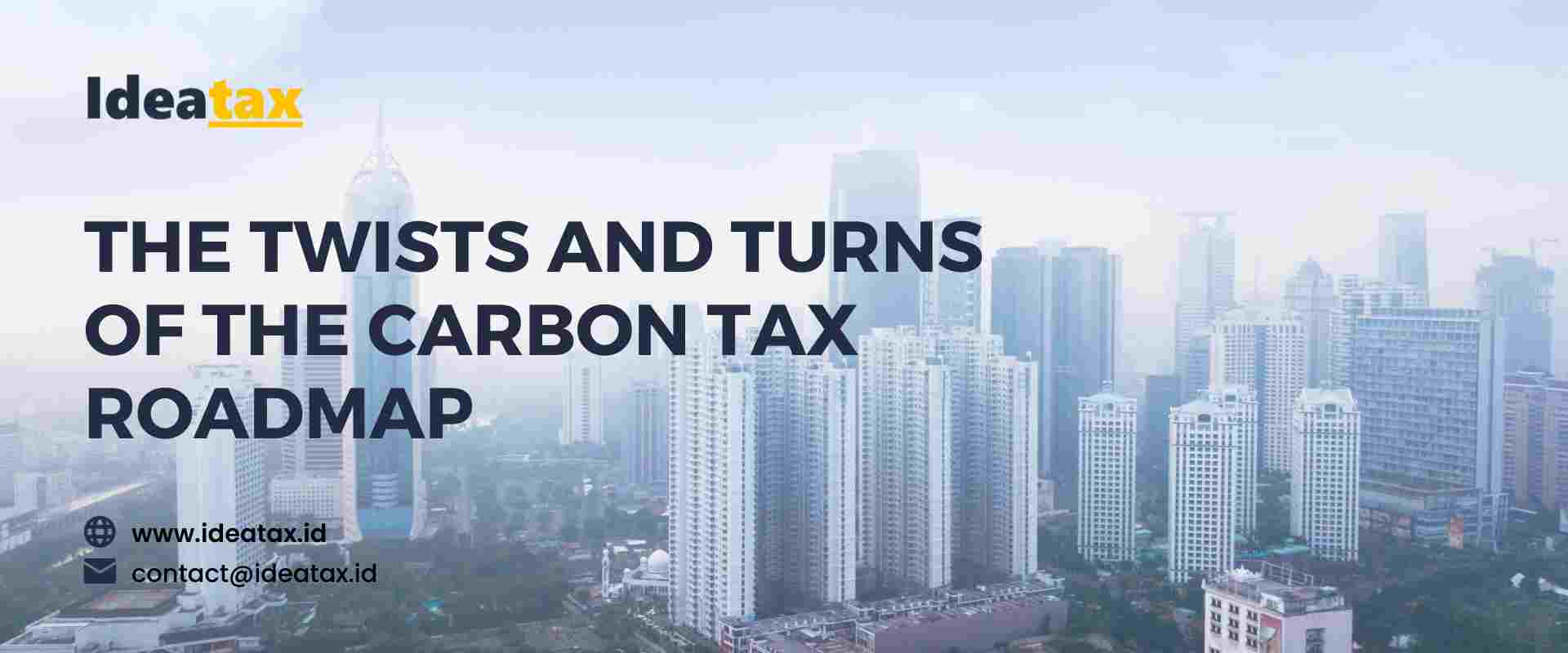Hello, is there anything we can help?

Jakarta, Ideatax -- For several months now, Jakarta and its surrounding cities have been shrouded in a haze. Not the refreshing morning mist, but the haze of pollution. Data from the Air Quality Index (AQI) shows that during June and July 2023, the average daily air quality score in Jakarta was in the orange and red zones. This means that the air quality in Jakarta and its surrounding cities is very unhealthy to breathe.
Furthermore, IQAir also reported that the main pollutant in Jakarta is PM2.5, with a concentration of 47 micrograms per cubic meter, or 9.4 times higher than the WHO's good air quality threshold.
The government seems to be at a loss. Short-term penetration policies such as Work From Home (WFH) for office workers in Jakarta, School From Home (SFH) for students, and a trial of fines for vehicles with high emissions have not yet shown maximum results. Long-term efforts such as ratifying the Paris Agreement and implementing a carbon tax have also not yet been implemented due to the lack of clear derivative regulations.
As is known, through the HPP Law, it is known that the government can impose a carbon tax on carbon emissions that cause a negative impact on the environment. In addition, the HPP Law also mandates that the imposition of a carbon tax be carried out by taking into account the carbon tax roadmap and/or the carbon market roadmap.
The carbon tax roadmap is a blueprint that contains information on carbon emission reduction strategies, priority sector targets, alignment with the development of new and renewable energy, and alignment among various other policies established by the government with the approval of the DPR.
To note that carbon tax is one of the climate change mitigation mechanisms through non-trade mechanisms. In addition to the non-trade mechanism, there is a carbon trading mechanism or commonly known as emission trading system (ETS). The ETS instrument is implemented through an emission trading system where entities that emit more can purchase emission permits from entities that emit less. In addition, the trading mechanism is also known as an emission offset (crediting mechanism) where entities that activate emission reductions can sell their carbon credits to entities that need carbon credits.
As an illustration, unit A power plant has a generating capacity of 800 megawatts. In 2023, unit A power plant was able to produce 6.1 million MWh of electricity with a total greenhouse gas emissions of 5.8 million tons of CO2. Assuming that the government's upper emissions limit is set at 5.5 million tons of CO2, then for the excess emissions of 300,000 tons of CO2, there are two ways that unit A can do. First, unit A can buy emission permits (SIE) from entities or power plants that emit below the upper limit set. Second, unit A can buy carbon reduction certificates (SPE/offset carbon) from the government.
This carbon trading mechanism itself has been regulated in the Financial Services Authority Regulation Number 14 of 2023 concerning carbon trading through the carbon exchange. Through this provision, the OJK regulates that the Financial Services Authority is responsible for the regulation, licensing, supervision, and development of carbon trading through the carbon exchange. Furthermore, the Financial Services Authority regulation also regulates that the carbon exchange organizer may carry out activities after obtaining a permit from the OJK.
To accelerate the effectiveness and efficiency of the greenhouse gas emission reduction target as stipulated in Presidential Regulation No. 98 of 2021, it is necessary to take tactical and strategic steps related to carbon tax and carbon exchange. This is due to the fact that carbon tax and carbon exchange regulate the same thing, namely excess greenhouse gas emissions. If there is no clear regulation related to carbon tax and carbon exchange, there is a concern that the two mechanisms will become counter-productive policies that will ultimately weaken efforts to deal with pollution in Indonesia.
Although carbon tax and carbon exchange are two different mechanisms for greenhouse gas mitigation, it is possible to combine them. For example, plant A during 2023 emits 5,900,000 tons of CO2. If it is considered that the upper threshold of emission is 5,500,000 tons of CO2, then the excess emission by plant A can be done by purchasing carbon in the carbon exchange and or combined with the payment of carbon tax.
If these two mechanisms are carried out simultaneously, it is likely that the greenhouse gas reduction target of 19% to 41% by 2030 can be realized.
Related regulations:
- Law No. 7 of 2021 concerning Harmonization of Tax Regulations
- Presidential Regulation No. 98 of 2021 concerning the implementation of Carbon Economic Value for Achieving Nationally Determined Contribution Targets and Controlling Greenhouse Gas Emissions in National Development
- Financial Services Authority Regulation No. 14 of 2023 on Carbon Trading through Carbon Exchanges

